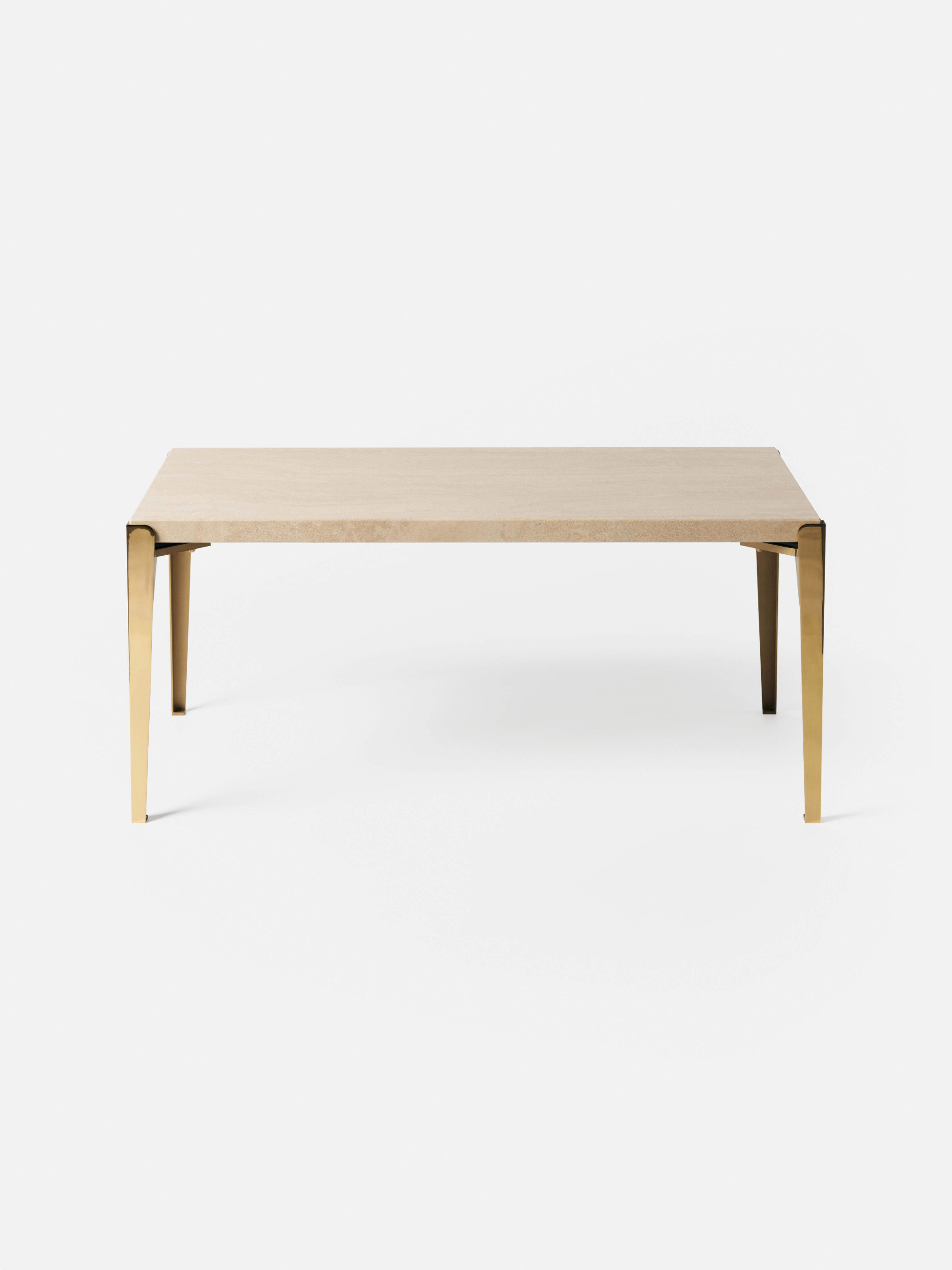
Coffee Table 1057


Josef Franks Coffee Table 2139 is one of Svenskt Tenn’s most famous and iconic tables. It was designed in 1952 and bears many of Josef Frank’s most typical design features like its round shape, the rimmed tabletop and the curved legs with stylised feet.


Josef Frank hade en förkärlek för den runda formen. Den återkom ständigt, i såväl fönstren i hans arkitektoniska verk som i hans många speglar och bord.


Table 2139 is produced by Eriksson och Söner cabinetworks outside of Nyköping. Just like many other Svenskt Tenn furniture pieces, this piece is manufactured by hand and requires great artisanship in each step.


Austrian designer and architect Josef Frank has had an enormous impact on the history of Swedish design. Despite being nearly 50 years old when emigrating to Sweden, he is now considered one of the country’s most important designers of all time.

Coffee Table 1057

Coffee Table 965

Coffee Table 1053

Coffee Table 2073